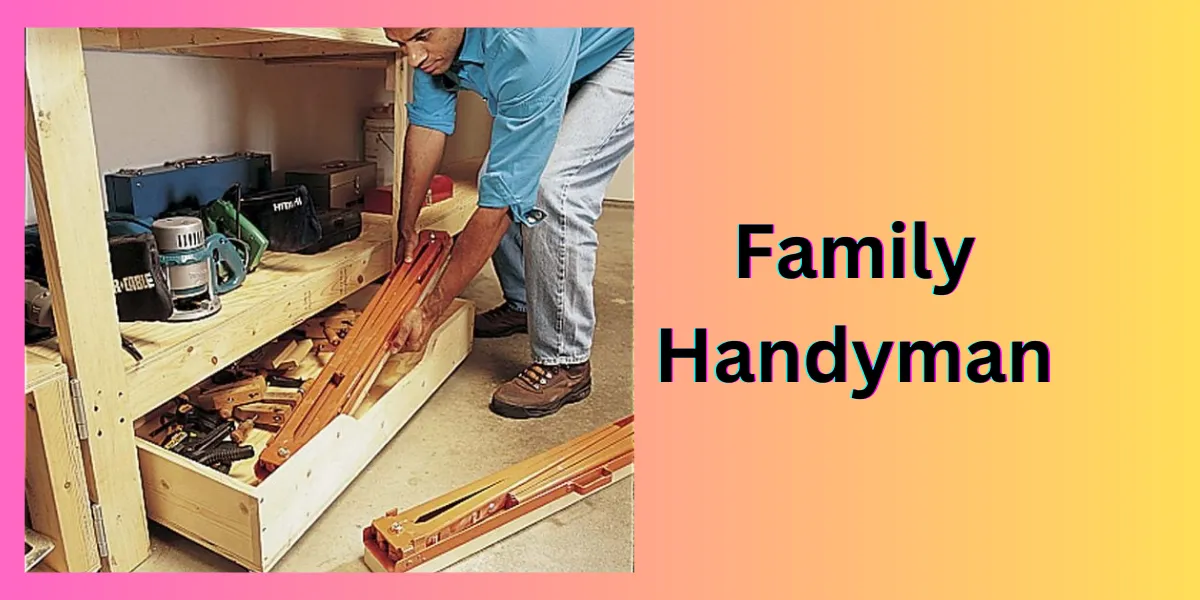In modern educational and professional settings, flexibility and functionality are increasingly important. Organizations that frequently host workshops, seminars, or training sessions require furniture that can adapt quickly to different needs. Leadcom seating addresses this demand with their innovative Flip Top Training Tables, which are designed to optimize space and improve the overall learning experience. By combining smart engineering with practical design, these tables help training environments remain organized and efficient.

Space-Saving Design for Dynamic Environments
The Flip Top Training Tables by Leadcom seating feature a unique tabletop folding mechanism, allowing the surface to flip vertically for compact nesting and storage. This design is particularly suitable for classrooms, corporate training rooms, and seminar halls where room layouts often change. The nesting ability makes it easy to clear space for other activities or to create different configurations for group work. Organizations benefit from the adaptability of these tables, as they can transform the environment quickly without compromising on seating capacity or functionality.
Durability and Mobility for Versatile Use
Durability and ease of movement are key features of Leadcom seating’s Flip Top Training Tables. Constructed with high-quality materials, these tables are built to withstand heavy daily use while maintaining a professional appearance. Integrated locking casters allow for smooth mobility, making it simple to rearrange tables for collaborative sessions or individual work. Their robust construction ensures long-term reliability, providing a cost-effective solution for institutions that prioritize both performance and flexibility.
Conclusion
For organizations seeking to enhance their training and educational spaces, Flip Top Training Tables from Leadcom seating offer an effective solution. By combining space-saving design, durability, and mobility, they provide versatile furniture that supports various learning and collaboration needs. Implementing these tables helps institutions create organized, adaptable, and engaging environments, ultimately improving the efficiency and effectiveness of training programs.











